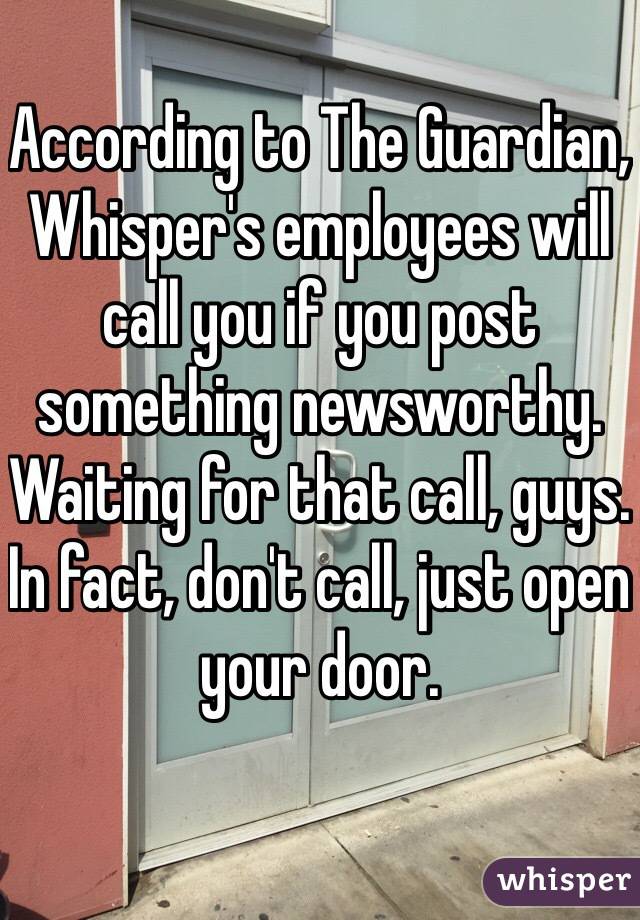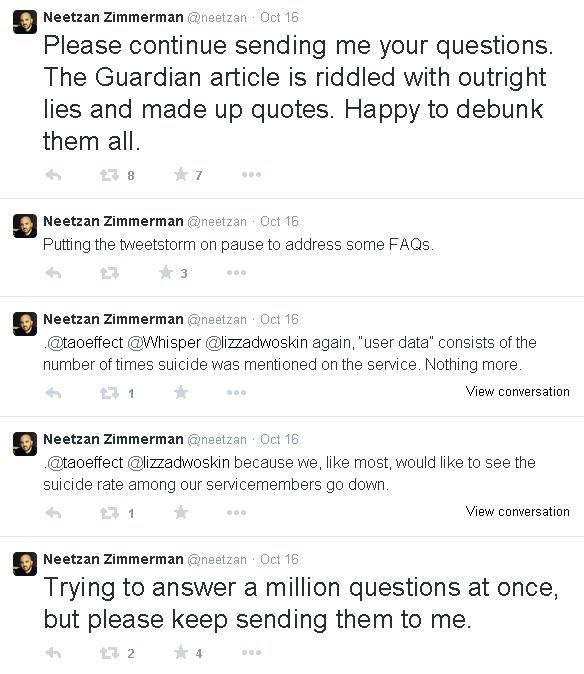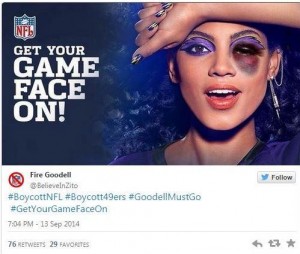Hardly a day goes by when some brand isn’t facing a reputational crisis. It’s to be expected; companies are comprised of people after all, and people are fallible.
For some crises, having the proper processes and procedures in place can mitigate or eliminate the risk of certain crises occurring, but mistakes will happen. It’s how we respond to the mistakes that matters.
The brand’s audience wants to see that the brand has:
- Listened to their concerns
- Understood why they are concerned
- Recognised that the concerns are valid
That means the brand has to respond in a way that convinces people that real time, thought and discussion has gone into the response – especially if that response is likely to be unpalatable.
Let’s look at two brands that have gone through this issue recently.
Whisper
Whisper invited The Guardian along to its offices for an insider only look at its technology – for it was hoping to agree on a partnership deal similar to the one it had with Buzzfeed.
Why anyone thought that a newspaper infamous for fighting for privacy issues would not reject the deal and jump on a massive privacy related story instead, is an interesting question.
When The Guardian visited Whisper’s offices, it found that the anonymous app used an internal database and tracking tool to monitor the locations of Whisper users – even if they had opted out of location services. Suddenly the anonymous app didn’t look so anonymous.
“Whisper is also sharing information with the US Department of Defense gleaned from smartphones it knows are used from military bases, and developing a version of its app to conform with Chinese censorship laws.”
The Guardian reported that four days after it contacted Whisper about running the story, the site changed sections of its terms of service to ask users to: “bear in mind that, even if you have disabled location services, we may still determine your city, state, and country location”.
Whisper began furiously defending itself across mainstream and social media, saying that it only shares user data in extreme situations (such as child abuse allegations and suicide threats).
It’s great that Whisper’s editor is taking such a personal approach to discussing the issue, but the storm isn’t letting up. Some journalists are even using the brand’s own platform against it (only to find that instead of answers, messages are mysteriously vanishing once posted).
Snapchat
The ability to capture a Snapchat photo using another app is old news. But when one of those apps gets hacked, and the pictures leaked, it becomes a real problem for Snapchat as a brand.
Snapchat’s primary purpose is to allow people to share photos that they know will vanish in 10 seconds. Hence, many use the service to send suggestive pictures and nude selfies, trusting that the people on the other end have no way to save said picture. But they do, which kind of makes Snapchat’s philosophy a bit redundant.
When the leak was exposed (no pun intended), Snapchat was quick to say that it wasn’t to blame, but its users were…
“We can confirm that Snapchat’s servers were never breached and were not the source of these leaks,” a spokesperson said in a written statement. “Snapchatters were victimized by their use of third-party apps to send and receive Snaps, a practice that we expressly prohibit in our Terms of Use precisely because they compromise our users’ security. We vigilantly monitor the App Store and Google Play for illegal third-party apps and have succeeded in getting many of these removed.”
The problem here is, again, trust: people use Snapchat to send photos that will vanish in 10 seconds. The breach may not have been Snapchat’s fault, but it affects the brand’s reputation. The exchange relies on trust: trust that by using Snapchat users are safe to send risky pictures and trust that their friends won’t be secretly storing these photos. Snapchat needs to secure this trust.
When half of your user-base is aged 13 to 17, it is likely that they’re going to take risks and share things that they know they shouldn’t. That means Snapchat will need to go out of its way to educate and inform users on the risks of sexting, and spell out the worst case scenario.
Adding something into the Terms of Service and saying “well, it’s your own fault for breaching the ToS” won’t do the job.
–
Listening to your users doesn’t just mean hearing criticism and leaping to your own defence. If a brand is built on trust, you need to listen to what people are really saying to you. Right now people all over the internet are posting conspiracy theories about Whisper and government intelligence agencies. That means what they’re really saying is “I don’t trust you anymore”. That’s going to need to be addressed, and quickly.









